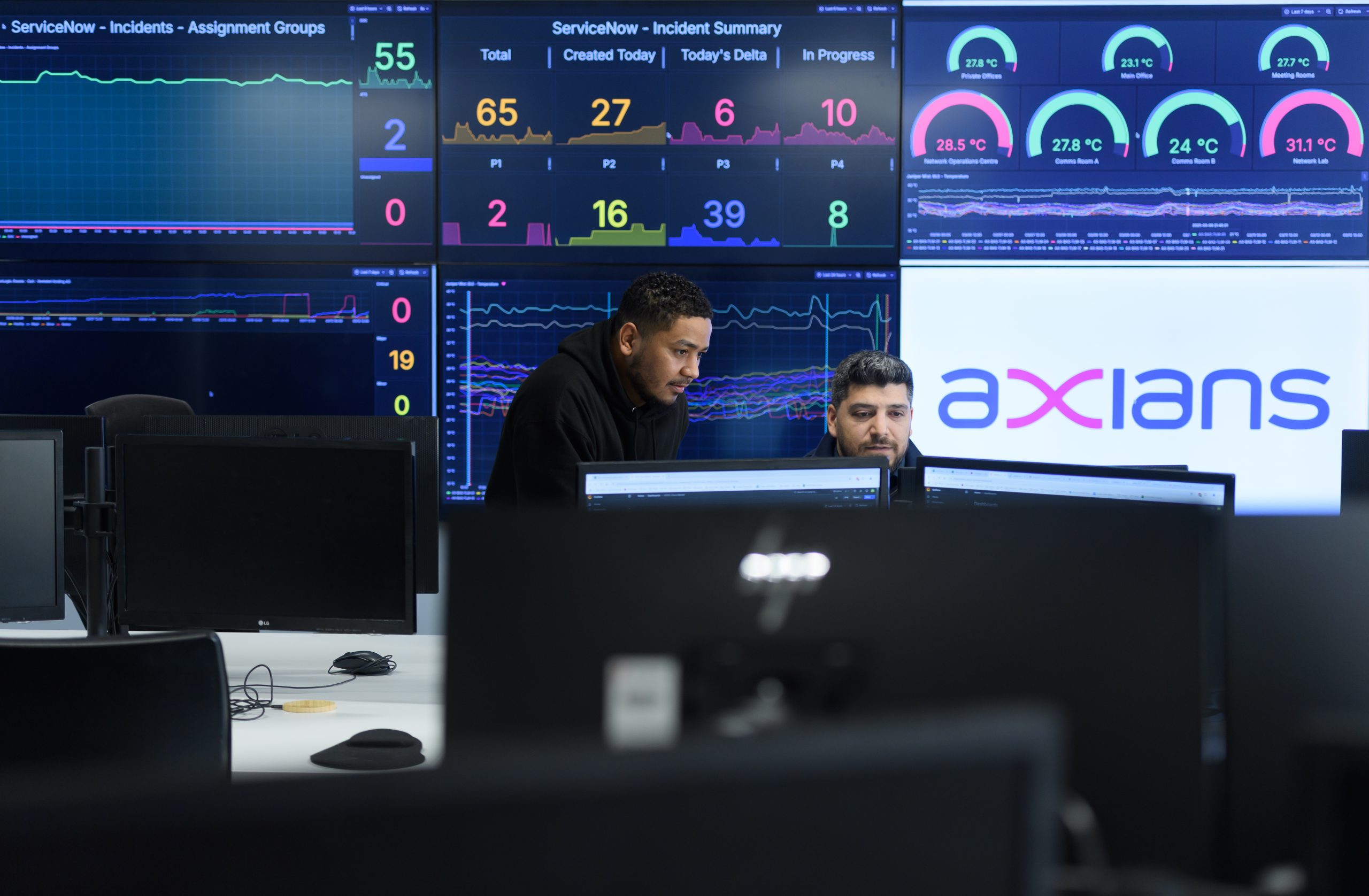The enterprise technology landscape is experiencing unprecedented change, with new research revealing critical insights that will shape IT strategies in 2025. From escalating security challenges to the sustained momentum of hybrid working, enterprise leaders are grappling with complex decisions that demand both immediate action and long-term vision.
Security takes center stage
Security has emerged as the undisputed priority for 2025, driven by sobering statistics that over half of respondents experienced one or more security incidents in 2024. This reality has propelled cybersecurity to the top of enterprise agendas, yet organisations continue to struggle with the delicate balance between robust protection and seamless user experience, a challenge that’s particularly acute for larger enterprises managing complex, distributed environments.
The security landscape is evolving rapidly, with healthy adoption figures for advanced solutions including SASE, SSE, and ZTNA. However, SD-WAN remains a greater priority for 2025, highlighting the ongoing need for secure, reliable connectivity infrastructure as the foundation for digital transformation initiatives.
From nice-to-have to business critical
Environmental sustainability has transitioned from peripheral concern to high-priority business requirement. As ESG targets become increasingly stringent and client expectations intensify, enterprise IT decision-makers are demanding greater environmental transparency and actively seeking to mitigate negative impacts. This shift reflects a broader recognition that sustainable IT practices are not just corporate responsibility initiatives but essential components of competitive advantage and regulatory compliance.
The persistence of hybrid infrastructure
Despite the cloud revolution, on-premise data processing remains essential for many enterprise needs, with private cloud solutions demonstrating remarkable staying power. The rise of generative AI has particularly focused attention on private infrastructure, as organisations seek to balance the power of AI capabilities with data sovereignty and security requirements. This trend proves that successful digital transformation isn’t about wholesale migration to public cloud, but rather about architecting the right hybrid infrastructure for specific business needs.
Operational excellence and strategic alignment
A significant 90% of respondents recognise the importance of shifting IT spending from capital investment budgets to operational expenditure, enabled by SaaS solutions. This transition represents more than financial restructuring – it reflects a fundamental shift toward agility and scalability in technology consumption.
However, challenges remain in strategic alignment. While IT has never been more prominent in boardrooms, there’s still crucial work needed to better align business and IT strategies and build compelling cases for technology investment. Only a third of respondents express complete satisfaction with network performance, with costs, user experience, and speed emerging as primary sources of dissatisfaction.
The AI revolution accelerates
Artificial intelligence continues its rapid advance, with a quarter of enterprise respondents prioritising both traditional and generative AI in 2025. Organisations are targeting productivity gains, operational efficiencies, and cost savings through AI implementation. Notably, the majority expect to consume generative AI at scale through SaaS models, suggesting a preference for managed, service-based approaches over internal development.
Manufacturing and retail enterprises are leading investment in IoT and private 5G network solutions, recognising these technologies as crucial enablers of their digital strategies and competitive differentiation.
The research reveals an enterprise technology landscape characterised by both opportunity and complexity. With 85% of organisations expecting to operate hybrid or flexible working models in 2025, the foundation laid in recent years is proving durable. Success in this environment will require strategic thinking, careful balance of competing priorities, and partnerships with technology providers who understand both the technical requirements and business imperatives driving enterprise transformation.
The organisations that thrive will be those that can navigate this complexity while maintaining focus on their core objectives: security, sustainability, efficiency, and growth.


